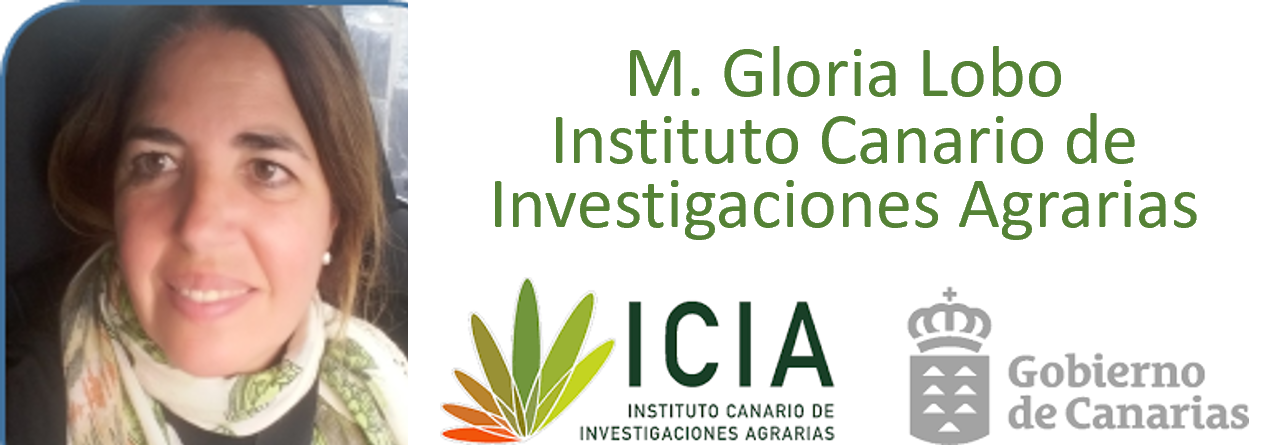XI International Congress on cacti as food, fodder and other uses
On behalf of the Instituto de Investigación en Ciencias de la Alimentación (CIAL, CISC-UAM) and the Insituto Canario de Investigaciones Agrarias (ICIA), in partnership with the International Society for Horticultural Science (ISHS) and the FAO-ICARDA International Network for Technical Cooperation on Cactus Pear is our pleasure to invite you to participate in the XI International Congress on Cacti as Food, Fodder and Other Uses, which will be held in Tenerife, Canary Islands (Spain) from 6 to 9 May 2025.


Canary islands produce 561 tons of cactus pear per year in 154 has cultivated at different altitudes mainly in Tenerife, Lanzarote and Gran Canaria. These cacti came from Mexico at the start of the conquest of the American continent. Consequently, many varieties can be found in the islands. Nevertheless, the major cultivation dates from 19th century linked to the fact that its cladodes host the cochineal (Dactylopius coccus), an insect from which a red dye (carmine) of high commercial value is extracted for textile, cosmetic, and agro food industries. Moreover, in 2015 was recognized by the European Union with the Protected Designation of Origin name of Cochinilla de Canarias, as this archipelago is the only European region where cochineal is produced for commercial purposes while fruits are widely consumed and are part of the Canarian gastronomy.
Lanzarote Island (Biosphere reserve by UNESCO since 1993) is the main cochineal producer land and has the Interpretation Centre of Cochineal, which visit is highly recommended. Besides, there are vast plantations of prickly pear and cacti in two villages, Guatiza and Mala, as they are part of last cochineal production in the Canaries. On the outskirts of Guatiza is the Jardín de Cactus (the Cactus Garden). This huge garden is filled with 10.000 plants of 1400 different species from all over the world, including the Canary Islands, America and Madagascar. Gran Canaria, has increased the prickly pear production in the last decade. In these islands there are companies working in the transformation of Cactus in food natural additives or food products.
Other Cactaceae species are cultivated in Canary Islands such as dragon fruit, principally in Tenerife Island (20 has, 600 tons, in total). The demand for dragon fruit in the world is currently growing at about 4% per year, and this trend is forecasted to continue. This fruit, highly demanded by European consumers, is an opportunity for the Canary Islands to offer a local product that is greater than those from other countries with a greater carbon footprint.